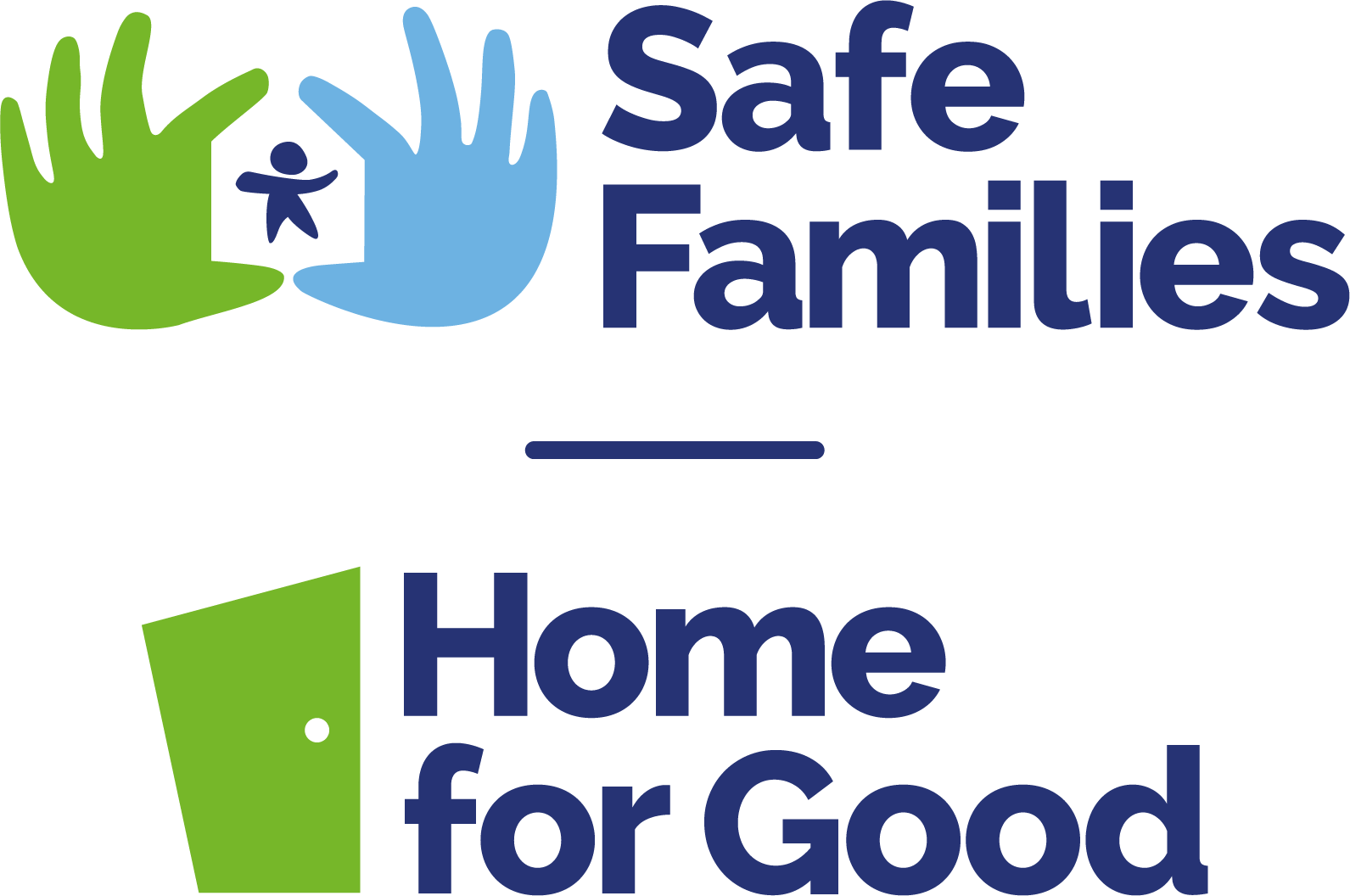With the help of some brilliant children’s and youth workers, we have compiled some tips and guidelines on specifically supporting fostered and adopted children and young people in in your church or community groups. We hope that this will encourage and equip you to ensure that every child and young person is welcomed, affirmed and given the opportunity to thrive in your groups.
Welcoming
1. Consider implementing a general welcome strategy that would benefit and be safe for a child with care experience, but that works for every child so that high standards are the norm and fostered or adopted children don’t need to be a ‘special case’. For example, have a welcome pack on hand that outlines your safeguarding and child protection policy to put parents’/carers’ minds at rest, assign each new child or young person a ‘key worker’ who will support them, and be wise about confidentiality as a general principle (Find out more about the importance of confidentiality here).
2. Be flexible on age boundaries so that children can be part of a group where they can flourish.
3. Where possible, talk to parents and carers before the child joins the group. Hopefully they will be able to tell you a little about the child and how best to support them, although in some cases they may not know very much, and anything they do share should be treated as highly confidential.
4. Explain the structure of the session at the start so that the child knows what to expect.
5. If the group is big, make sure that team are easily identifiable (coloured t-shirts and name badges are ideal) so that children and young people know who they can ask for help.
Building relationships
1. A good relationship will be the foundation for the child having a positive experience in your club or activity, but this will take time to develop.
2. Where possible, build a relationship with the whole family so that you become part of the big picture of care surrounding the child.
3. Be aware that for some children and young people, particularly those with attachment difficulties, relationships can be daunting and challenging (Find out more about attachment here).
4. Focus on valuing the young person or child as an individual – seek to discover their interests, their character, their heart, their strengths and their worries.
5. Consider how you can facilitate relationships between the children and young people in your group to integrate new members.
Planning content
1. Be aware that some children and young people will have no experience of church or Christianity and take time to explain, recognising that some things could be very strange to them. For example, taking communion or sharing the peace.
2. Always ensure there is a way of opting out of things that doesn’t make it into a big deal or draw attention to the child or young person.
3. Consider the ideas you are expressing and the words you use, and check with parents and carers in case there are any particular triggers or ‘watch-words’. This is especially relevant when talking about God as Father, or ideas surrounding forgiveness or shame, or on occasions like Mother’s Day or Father’s Day.
4. Don’t shy away from grappling with big questions and don’t offer glib answers. Be willing to recognise that you don’t have all the answers as your authenticity and vulnerability will make you more approachable.
5. Encourage an atmosphere of respect, openness and understanding, so that all young people and children feel able to be part of group discussion and conversation.
Managing behaviour
1. Clarity and consistency is key. Have clear boundaries that children and young people are expected to follow and commit to sticking to them as a whole team.
2. Talk to parents and carers about specific techniques and strategies for each child, seeking to work in partnership with them to cement what they are already doing at home (Find out more about how foster carers and adopters might parent differently here).
3. Be clear about what will happen so that everyone knows what’s going on and what to expect.
4. Provide safe spaces for retreat and reflection so that children and young people can take a break and ‘cool off’ when they need to.
Thank you so much for all you are doing and will do to support the children and young people in your church or group.







